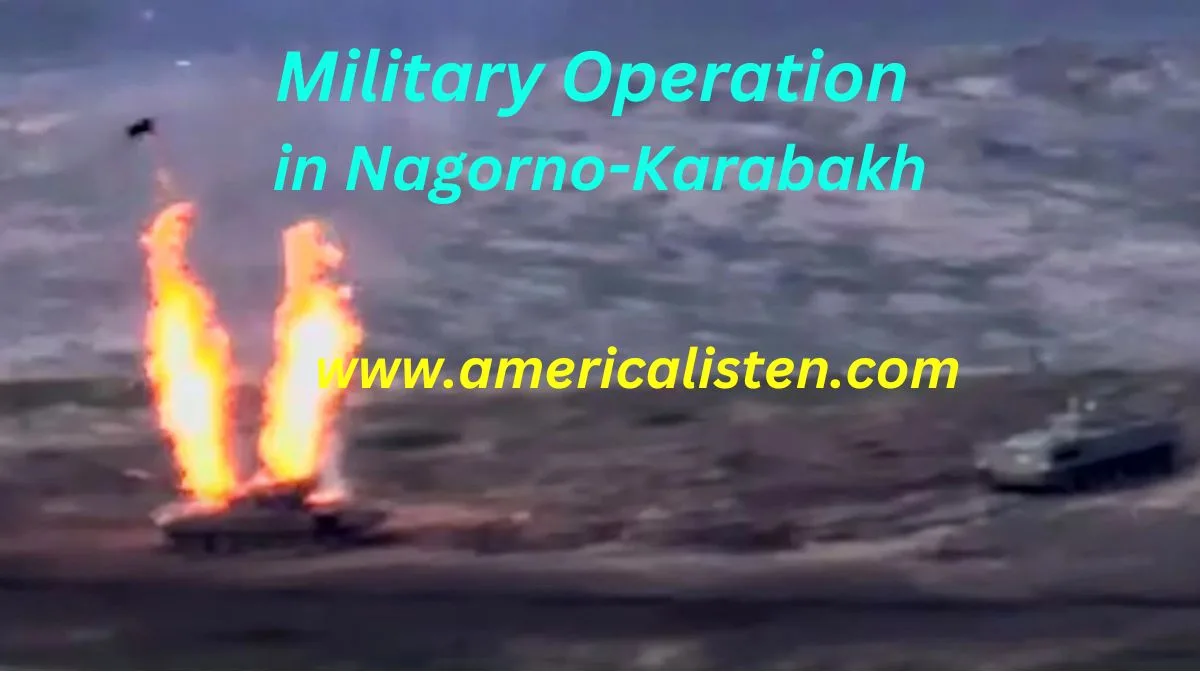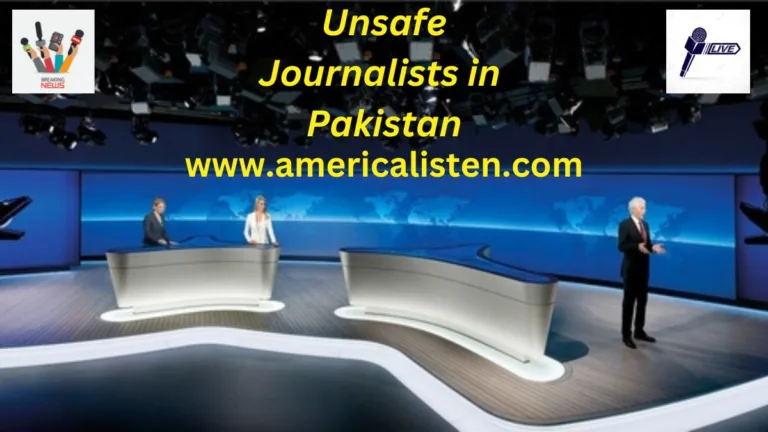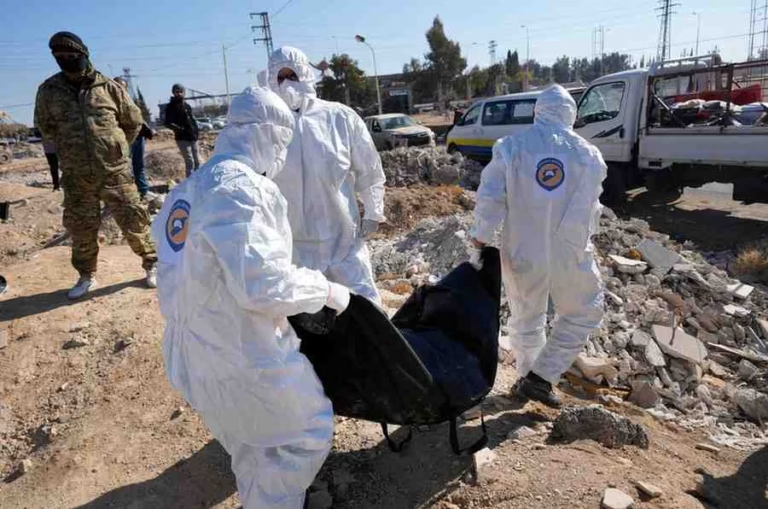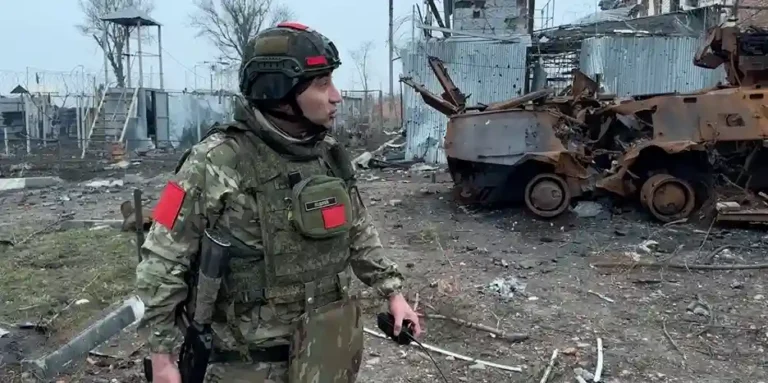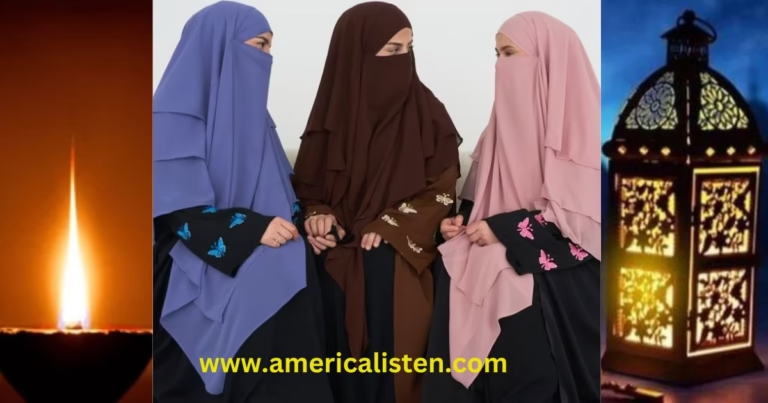“Promote Peace: Stop Military Operation in Nagorno-Karabakh “
In a concerning development, Azerbaijani forces have initiated a military operation in the Armenian-controlled region of Nagorno-Karabakh, raising fears of a potential new conflict. The situation has escalated tensions in this ethnically Armenian region within Azerbaijan, which has been a longstanding point of contention since the Soviet Union’s dissolution. Although internationally recognized as Azerbaijani territory, it is currently administered by separatist Armenian authorities who assert that Nagorno-Karabakh is their ancestral homeland and home to a population of approximately 120,000.
The Azerbaijani government has labeled its actions as an “anti-terrorist operation” and declared that it will persist until Armenian forces surrender. This military move follows an incident where four soldiers and two civilians were killed by landmines, which Azerbaijan attributed to Armenian saboteurs.
Azerbaijan’s defense ministry has stated that the operation’s objectives include disarming Armenian forces, securing the withdrawal of Armenian troops from Azerbaijani territories, and neutralizing their military infrastructure. Reports from the Azerbaijani side indicate that over 60 military posts have been seized, and about 20 military vehicles have been destroyed during the operation.
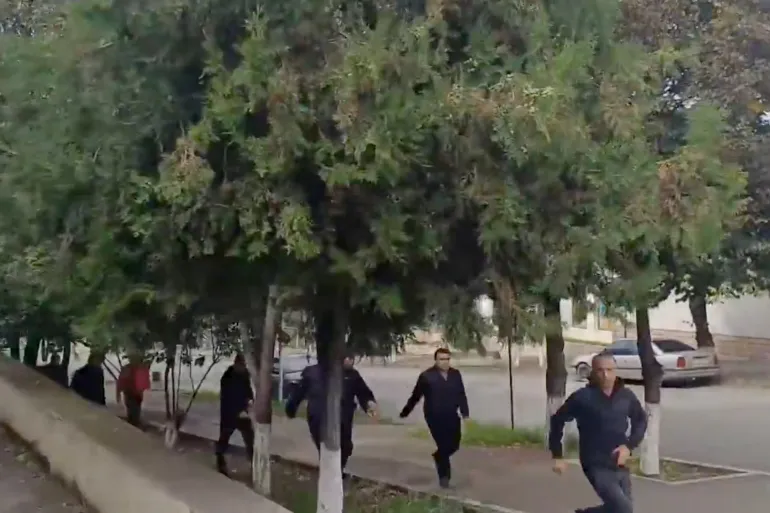
Armenia’s foreign ministry has strongly condemned these attacks, characterizing them as “large-scale aggression” aimed at the people of Nagorno-Karabakh and part of a broader policy of ethnic cleansing. The exact casualties and extent of injuries resulting from the military offensive remain uncertain, with conflicting reports.
Azerbaijan’s foreign policy adviser, Hikmet Hajiyev, has informed international media that Baku has launched “local but limited counter-terrorism measures” with the intention of targeting military objectives. He acknowledged the challenges of minimizing collateral damage, emphasizing that civilians have been used as “human shields” in the contested region.
The Azerbaijani government has declared its intent to continue the operation until Armenian military units surrender and relinquish their weapons.
Nagorno-Karabakh and its surrounding territories came under the control of ethnic Armenian forces, backed by the Armenian military, at the conclusion of a separatist war in 1994. In 2020, Azerbaijan regained control of these territories, along with parts of Nagorno-Karabakh itself, following renewed fighting.
Armenia, while asserting that its armed forces are not present in Nagorno-Karabakh, has appealed to the UN Security Council for assistance and urged Russian peacekeepers, deployed since the previous conflict in 2020, to intervene.
Meanwhile, protests have erupted in Armenia’s capital, Yerevan, with demonstrators expressing dissatisfaction with Prime Minister Nikol Pashinyan’s handling of the Nagorno-Karabakh crisis and demanding his resignation. Pashinyan’s perceived alignment with Western interests has strained relations with Russia, Armenia’s traditional ally.
The situation has drawn international attention and concern. The United States is actively engaged in crisis diplomacy to mitigate the escalating tensions. European Union leaders, along with France and Germany, have condemned Azerbaijan’s military actions and called for a return to negotiations regarding the region’s future.
Amidst these developments, it remains to be seen whether a renewed ceasefire can be brokered, and the international community is closely monitoring the situation to prevent further hostilities and protect civilian populations.
Differences Between Azerbaijan and Armenia: A Complex History and Ongoing Conflict
The South Caucasus region is home to two nations, Azerbaijan and Armenia, which share not only a complex history but also an enduring and contentious conflict over the Nagorno-Karabakh region. These nations, although geographically close, exhibit profound differences in terms of culture, history, language, and political affiliations. To better understand the dynamics of this protracted dispute, it is essential to explore the distinctions between Azerbaijan and Armenia.
Geography:
Azerbaijan: Situated on the Caspian Sea, Azerbaijan is known for its diverse geography, featuring vast plains, mountains, and the Caspian Sea coastline.
Armenia: Landlocked and nestled in the South Caucasus, Armenia is renowned for its mountainous terrain, with the Lesser Caucasus Mountains dominating the landscape.
Language:
Azerbaijan: Azerbaijani is the official language, written in the Latin script since 1991. Russian is also spoken by a significant portion of the population.
Armenia: Armenian is the official language, written in its unique script, which has its origins in the early fifth century.
Religion:
Azerbaijan: Predominantly a Muslim country, with a majority practicing Shia Islam. However, Azerbaijan has a history of religious tolerance and includes various religious minorities.
Armenia: Armenia is one of the world’s oldest Christian nations, with the Armenian Apostolic Church as the dominant faith.
History:
Azerbaijan: Historically, Azerbaijan has been influenced by Persian, Russian, and Ottoman empires. It gained independence in 1918 but was later incorporated into the Soviet Union. It regained independence in 1991.
Armenia: Armenia has a rich history dating back to ancient times, including the Kingdom of Urartu and the Armenian Empire. Like Azerbaijan, it became part of the Soviet Union before gaining independence in 1991.
Nagorno-Karabakh Conflict:
Azerbaijan: Azerbaijan claims sovereignty over the Nagorno-Karabakh region and seven adjacent districts. This territorial dispute has led to violent conflicts, most notably the Nagorno-Karabakh War (1988-1994).
Armenia: The majority of Nagorno-Karabakh’s population is ethnically Armenian, and the region declared independence from Azerbaijan in 1991. Armenia supports Nagorno-Karabakh’s independence but does not officially recognize it.
International Relations:
Azerbaijan: Azerbaijan maintains strategic partnerships with countries like Turkey and close ties with various international energy organizations due to its significant oil and gas reserves.
Armenia: Armenia maintains a strong relationship with Russia and is a member of the Russian-led Collective Security Treaty Organization (CSTO).
Economy:
Azerbaijan: Rich in oil and natural gas resources, Azerbaijan’s economy is heavily dependent on energy exports. It has invested in infrastructure development and economic diversification.
Armenia: Armenia has a more diversified but smaller economy, with sectors like agriculture, technology, and tourism playing significant roles.
Cultural Heritage:
Azerbaijan: Azerbaijan is celebrated for its vibrant cultural heritage, including music, dance (notably the traditional dance called the “yalli”), and cuisine.
Armenia: Armenia is known for its ancient Christian heritage, unique alphabet, and contributions to world literature and art.
Diaspora:
Azerbaijan: Azerbaijan has a relatively small diaspora, primarily in Russia and Turkey.
Armenia: The Armenian diaspora is extensive, with significant communities in Russia, the United States, France, and other countries.
Future Prospects:
The future of relations between Azerbaijan and Armenia remains uncertain. International efforts, including mediation by the OSCE Minsk Group, continue to seek a peaceful resolution to the Nagorno-Karabakh conflict.
In conclusion, Azerbaijan and Armenia share a complex history characterized by cultural diversity, historical legacies, and ongoing geopolitical challenges. Their differences have fueled conflicts like the Nagorno-Karabakh War, but international diplomacy remains focused on finding a peaceful resolution to the longstanding disputes between these two South Caucasus nations.
Resolving the Azerbaijan-Armenia Conflict: A Path to Peace and Stability
The longstanding conflict between Azerbaijan and Armenia, primarily centered around the Nagorno-Karabakh region, has caused immense suffering and instability in the South Caucasus. A peaceful and lasting resolution to this conflict is essential for the well-being of both nations and the broader region. Here are some steps that can be taken to address and eventually resolve this complex dispute:
Immediate Ceasefire and Confidence-Building Measures:
The first and most crucial step is an immediate and comprehensive ceasefire, ending all hostilities in the Nagorno-Karabakh region and along the Armenia-Azerbaijan border.
Both sides should commit to confidence-building measures, such as the exchange of prisoners of war and the repatriation of remains, to build trust and reduce tensions.
International Mediation and Diplomacy:
International organizations, including the United Nations, OSCE, and the Minsk Group co-chaired by Russia, France, and the United States, should play a central role in mediating the conflict.
All parties should engage in constructive diplomacy, with the goal of reaching a peaceful and negotiated settlement.
Status of Nagorno-Karabakh:
The status of Nagorno-Karabakh should be determined through negotiations and dialogue, taking into account the interests and security concerns of all parties involved.
Autonomy, self-governance, and security guarantees for Nagorno-Karabakh’s Armenian and Azerbaijani populations should be considered as part of a comprehensive solution.
International Peacekeeping and Monitoring:
Deploying international peacekeeping forces to the conflict zone can help maintain peace, facilitate the return of displaced persons, and monitor compliance with any ceasefire agreements.
Monitoring mechanisms should be established to oversee the implementation of peace agreements and address violations promptly.
Return of Displaced Persons and Refugees:
Efforts should be made to facilitate the safe return of displaced persons and refugees to their homes, including providing necessary humanitarian assistance and support for rebuilding.
Comprehensive plans for post-conflict reconstruction and development should be developed, focusing on rebuilding infrastructure and fostering economic recovery.
Economic Cooperation:
Promote economic cooperation and connectivity in the South Caucasus, encouraging trade, transit, and energy projects that benefit all nations in the region.
Regional economic initiatives can provide incentives for peaceful coexistence and stability.
Cultural and Educational Exchanges:
Encourage people-to-people contact, cultural exchanges, and educational programs between Azerbaijani and Armenian communities to foster understanding, tolerance, and reconciliation.
Promote initiatives that highlight shared cultural heritage and history.
Normalization of Relations:
Gradually normalize diplomatic, economic, and political relations between Armenia and Azerbaijan, including the reestablishment of embassies and consular services.
Confidence-building measures can pave the way for normalized relations over time.
Recognition and Accountability:
Acknowledge the suffering and losses endured by both sides during the conflict.
Establish mechanisms for accountability and reconciliation, such as truth and reconciliation commissions, to address grievances and promote healing.
International Support and Aid:
The international community should provide humanitarian aid, post-conflict reconstruction assistance, and development support to help rebuild communities affected by the conflict.
Economic incentives and assistance can contribute to long-term stability and prosperity in the region.
Resolving the Azerbaijan-Armenia conflict is a complex and challenging endeavor that requires the commitment of all parties involved, as well as the sustained support of the international community. The goal should be to create a future where both nations can coexist peacefully, and the people of Nagorno-Karabakh can enjoy security and self-determination within a framework of lasting peace and stability.
To more about Nagorno-Karabakh Please click here
You may like :
